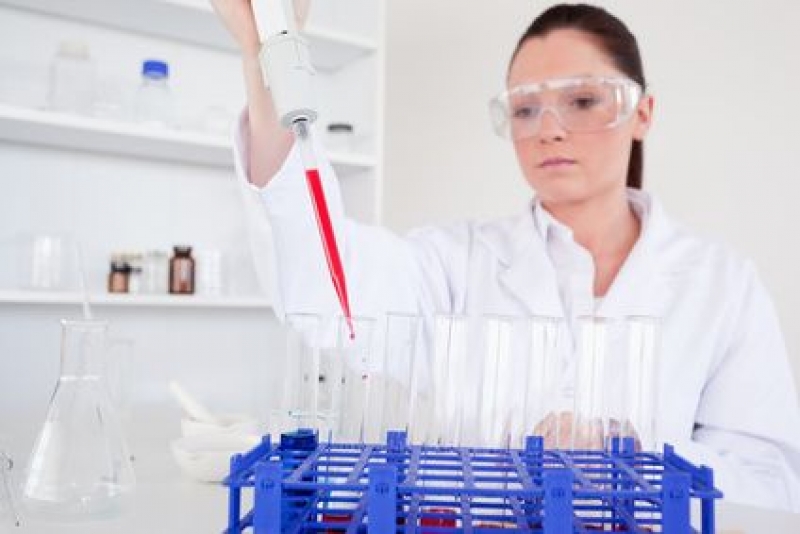Indice
- 1. Pathogenesis of Typical Hemolytic Uremic Syndrome
- 2. Pathogenesis of Atypical Hemolytic Uremic Syndrome (aHUS) or Complement-Mediated HUS, part one : the complement system
- 3. Pathogenesis of Atypical Hemolytic Uremic Syndrome, part two
- 4. Clinical manifestations and diagnosis of typical hemolytic uremic syndrome
- 5. Clinical Manifestations, prognosis and diagnosis of atypical HUS or complement-mediated HUS
- 6. Treatment and prognosis of typical HUS
- 7. Treatment of atypical HUS or complement-mediated HUS

